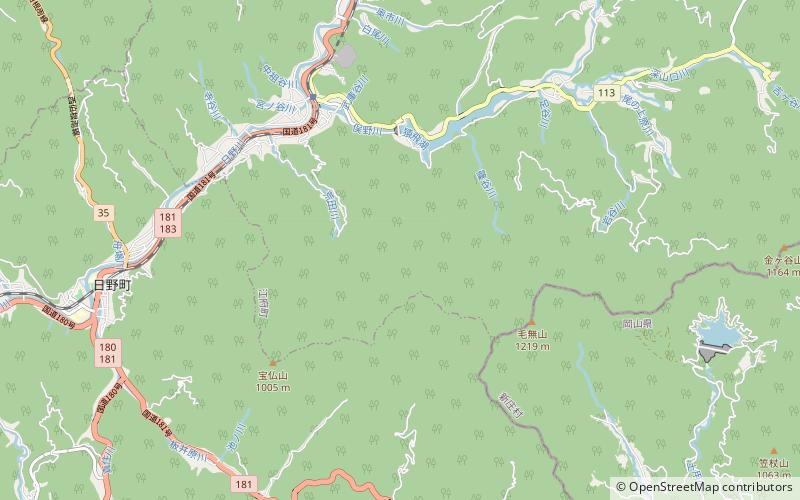Matanoagawa Dam


Facts and practical information
The Matanogawa Dam is a concrete gravity dam on a tributary of the Hino River located 2.3 km south of Kōfu in Tottori Prefecture, Japan. Construction on the dam began in 1978 and it was complete in 1984. The primary purpose of the dam is hydroelectric generation and it creates the lower reservoir for the Matanogawa Pumped Storage Power Station. It is 69.3 metres tall and creates a reservoir with a 7,940,000-cubic-metre storage capacity. The power station is located on the southern bank of the reservoir and contains four 300 megawatts Francis pump-turbine-generators. The upper reservoir for the pumped-storage scheme is created by the Doyo Dam located 6 kilometres to the southeast in Okayama Prefecture. To generate power, water from the Doyo Dam is sent to the power station, used to generate electricity and then discharged into the Matanogawa Reservoir. This occurs when energy demand is high and when it is low, water is pumped back up to the Doyo Dam as stored energy. The same pump-generators that pump the water to Doyo reverse and generate electricity when it is sent back down. The first generator was operational in 1992 and the last in 1996. ()
Tottori
Matanoagawa Dam – popular in the area (distance from the attraction)
Nearby attractions include: Kamochi Shrine, Mount Hōbutsu, Doyo Dam, Maniwa District.






